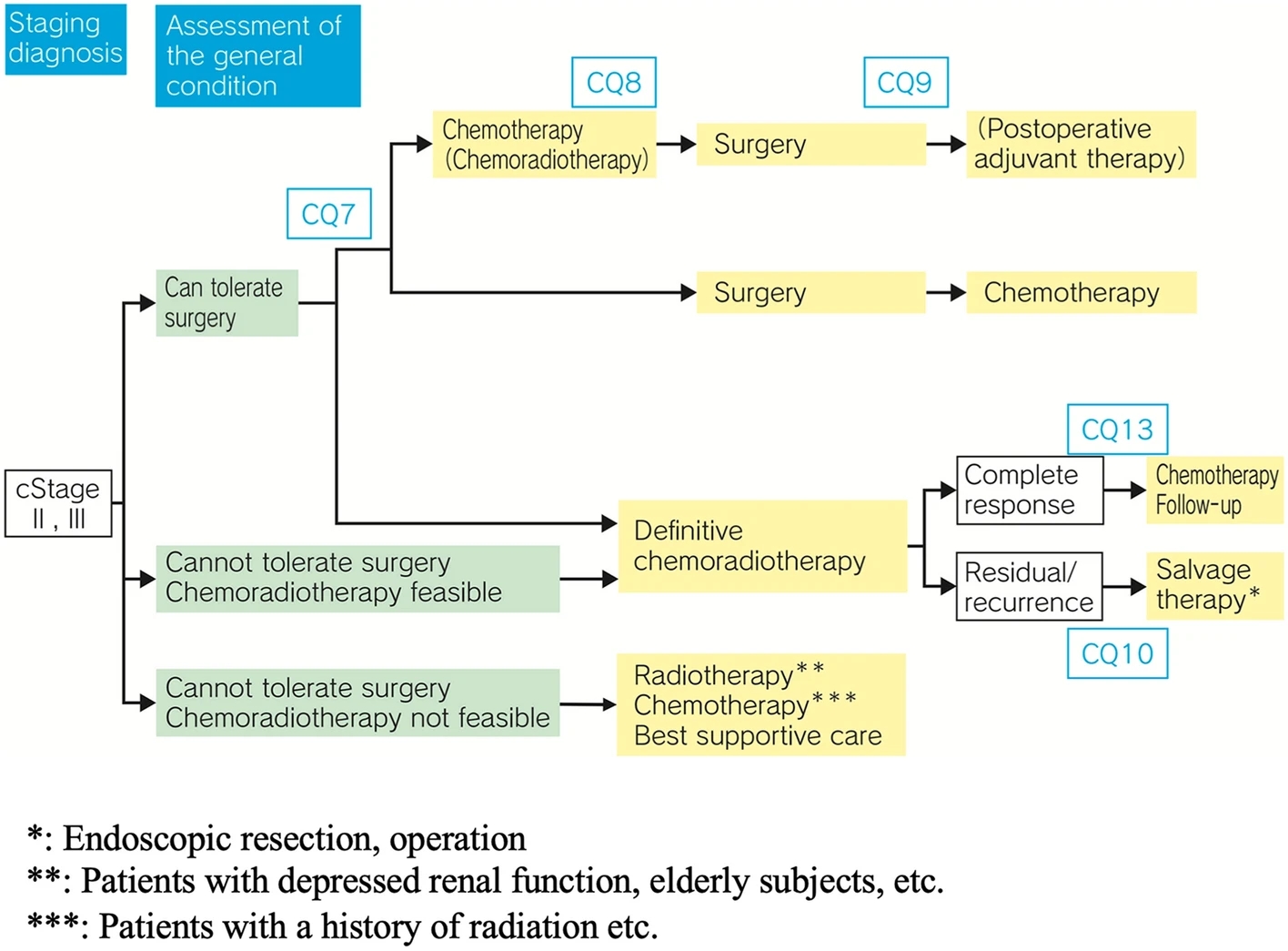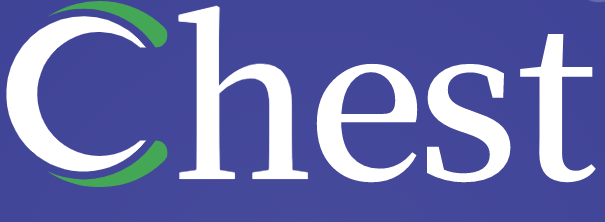Introduction
Purpose of the guidelines
The primary objective of these guidelines was to provide general clinicians with information that would guide them to make informed choices from the available diagnosis/treatment strategies for esophageal cancer (intended only for malignant esophageal tumors of epithelial origin, and not for any other non-epithelial malignant tumors of the esophagus or metastatic malignant esophageal tumors). Furthermore, these guidelines are also intended as an aid for healthcare professionals other than physicians, and also for patients and their family members, to help them understand the fundamental principles of the diagnosis and treatment of esophageal cancer. These guidelines are intended to allow physicians to share the information contained therein and promote mutual understanding among healthcare professionals, patients, and the patients’ family members.
Target users
The main target users of the guidelines are general clinicians and physicians specializing in the diagnosis and treatment of esophageal cancer. The guidelines also provide useful information to healthcare professionals other than physicians involved in the diagnosis and treatment of esophageal cancer, and also to the patients and their family members.
Target patients
The guidelines are intended for adult patients with esophageal cancer and/or Barrett’s esophagus. While the mean age of patients diagnosed as having esophageal cancer is increasing with the ageing of the population, users should exercise caution when applying the guidelines to elderly patients aged 76 years or older, as many of the clinical studies from which evidence was drawn while formulating the guidelines involved patients who were 75 years or younger.
Precautions for use
The guidelines are intended for standard diagnosis and treatment covered by the national health insurance system in Japan. Emphasis has been placed on evidence obtained from patients with esophageal squamous cell carcinoma, which is the most common histological type in East Asian countries, including Japan, while attention was also paid to the background and indications for treatment of esophageal carcinoma in Europe and the United States, where the main histological type is esophageal adenocarcinoma.
The guidelines are intended to guide physicians to provide standard diagnosis and treatment and not to force them to provide specific diagnosis and treatment. Since treatment of esophageal cancer is highly invasive and often requires treatment equipment (e.g., endoscopic treatment equipment, surgical treatment equipment, radiotherapy equipment, and intensive care unit) and human resources (multidisciplinary treatment team), individual diagnosis/treatment strategies should be determined according to the patient’s condition and the circumstances of the institution. Therefore, the person(s) directly in charge of diagnosis and treatment, and not the community or individuals involved in the development of the guidelines, will be responsible for the results of the diagnosis and treatment.


原文链接:http://www.xxwk.net/archives/3562





